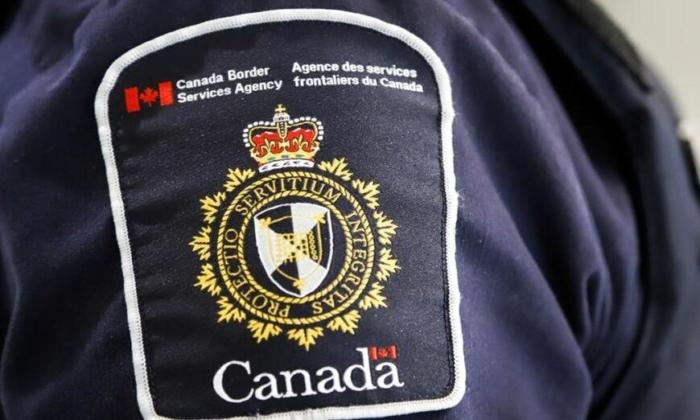More than 68,000 guns were seized by federal agents in cross-border mail between 2018 and 2022, a new Canada Border Services Agency (CBSA) report has found.
“Ninety-six per cent of Canada Border Services Agency firearm seizures, which includes parts, magazines and ammunition, occurred in the postal mode,” said the report, which was first obtained by Blacklock’s Reporter.
A total of 68,338 contraband guns were seized in the mail during the four-year span, according to the report. The report marks the first time CBSA has released numbers to identify the scope of gun smuggling in Canada.
Under the Canada Post Corporation Act, only postal inspectors can intercept suspicious packages in transit. The Senate gave second reading on June 6 to Bill S-256—An Act to Amend the Canada Post Corporation Act—to permit police to seize suspicious parcels in the post.
“This bill will finally close the loophole that traffickers have been exploiting in the Canada Post Corporation Act. This loophole, which only applies to items sent by Canada Post and not through other courier companies, means that traffickers prefer to do business with Canada Post.”
Cabinet admitted in a 2022 report that the amount of guns being smuggled into Canada by road, rail, or marine freight is not known.
The report said detector dogs come with a $7.7 million annual price tag, yet they track few smuggled firearms. It noted that dog teams are more effective in frightening smugglers into making a confession.
Gun Control Legislation
Ottawa, in May 2020, announced a prohibition on more than 1,500 models and variants of what it calls “assault-style” firearms, making it illegal for them to be used, imported, or sold in Canada.The Liberal’s gun legislation is currently being studied in the Senate after being adopted in the House of Commons last spring. Bill C-21 would create an evergreen definition of “assault-style” to ban guns designed to hold a magazine of six or more cartridges and discharge centre-fire ammunition in a semi-automatic manner.
Critics of the Liberal gun legislation say Bill C-21 targets legal gun owners while doing little to make Canada safer or deal with the smuggling of illegal firearms.
Conservatives have said the bill will not curb the vast majority of guns used in crime, which they say are smuggled illegally into the country from the United States.
“Eighty-two percent of gun crime is smuggled guns. None of that is going to be solved by banning… hunting rifles,” said Conservative leader Pierre Poilievre during an address to the Conservative caucus last year. “Not a single solitary criminal is going to turn in their gun.”
He said the current legislation targets indigenous people, hunters, and farmers rather than gun smugglers and other criminals.
He has called the CBSA “severely under-resourced” in the war against the illegal import of firearms from the U.S.
“In other words, there’s almost a zero percent chance that any illegal weapons entering the country via rail will ever be found.”







